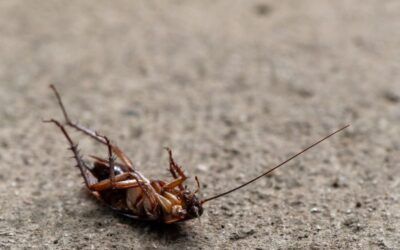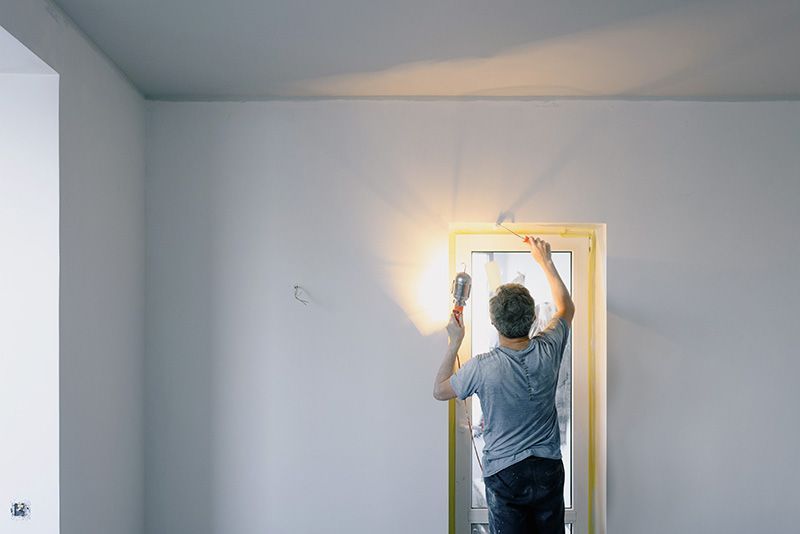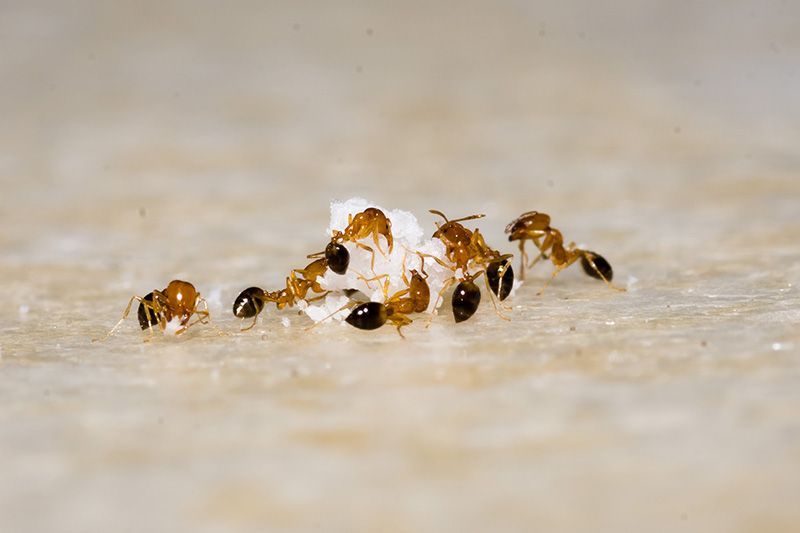Bed Bugs Are On The Rise
It’s an unpleasant topic, but bed bugs have been on the rise in the United States for the past decade. And it’s not just limited to our country. In Paris, they’re such a big problem that government officials set up a national emergency hotline to try to rein the pests in.
Why are they returning, and how can we stop it? Here’s the down-low from our expert bed bug exterminators.
What Are Bed Bugs?
Bed Bugs are small, flat, brown, and oval-shaped creatures that hide in your bedding and snack on you at night. Like mosquitos and ticks, they drink blood while you lay asleep and defenseless.
Some people never notice the bites. Others have a histamine response that makes the bite marks swell and itch.
Didn’t We Get Rid Of Bed Bugs?
Yes, for a while. Around World War II, they invented DDT, a chemical designed to combat bugs carrying bloodborne diseases like malaria. For years, the widespread use of DDT eradicated bugs in homes, gardens, and crops.
Unfortunately, DDT turned out to be toxic and long-lasting in the environment. It’s been linked to infertility in animals and people and can cause liver damage. The United Nations drew up a treaty with participating nations banning the use of DDT except in areas where the risks of malaria are more significant than the risks of the chemicals.
If We Got Rid Of Them, Why Are They Coming Back?
Bed bugs are becoming more of a problem every year. There are several known causes of their resurgence, including:
- Chemical Resistance– It’s survival of the fittest. The weak bugs die. New bugs are born in a toxic environment. They adapt to the new environment and are harder to kill than previous generations.
- Hitchhiking– These crafty little bugs aren’t content to stay in one place. They hitch a ride in suitcases and clothing, looking for their next feeding and breeding ground.
- Large Buildings– Bed bugs are tiny and find their way into walls, air vents, and under doors. If your neighbor returns from a trip with bed bugs in their suitcase, the bugs will spread to all the neighboring apartments.
- Stigma– Because bed bugs were largely eradicated, anyone who had bed bugs was stigmatized. Since the bed bug diet is exclusively blood, they are not a sign of dirtiness. Your neighbor may keep an immaculate home, but one vacation can lead to an infestation. They resist reporting it, afraid of judgment by their neighbors, until the problem gets out of hand.
How Do You Know If You Have Bed Bugs?
A female bed bug lays hundreds of eggs in her lifetime, all about the size of a speck of dust. From the first day of their arrival till the end of the year, you could have three or four generations of bed bugs breeding in your bedding, couch, closet, and carpeting.
Consequently, it’s vital to detect them early. The best time to do this is before you take them home.
When traveling, do a bed bug inspection in and around the bed before unpacking. You should also place your suitcase on a suitcase stand or a solid surface like a table where you can see the bed bugs coming.
Signs of Infestation
Signs of Infestation
- Spots of blood on sheets or the mattress
- Bug bites or an itchy rash on the body in lines or clusters
- Black bug feces the size of a period in the previous paragraph
- A musty smell
- Bugs in the cracks and crevices
- Shed bug exoskeletons
If you find any signs of bed bugs, report it to the front desk and find another hotel. Check any luggage you might have taken into the room to ensure you’re not spreading the problem to the next location.
When You Get Home
Unpack everything in the washer when you get home. Avoid setting your suitcase on carpet, upholstery, or bedding until you’ve inspected it.
If you are suspicious, it’s better to be safe than sorry. Wash and dry clothing at the hottest temperatures if possible. If hot water damages the fabric, spray rubbing alcohol on the material of colorfast items to kill live bugs and dry on high heat to kill eggs. Dry clean-only items should be sealed in a plastic bag to take to a dry cleaner.
Wipe down the suitcase with rubbing alcohol, being careful to get the cracks and crevices.
If You Find Bed Bugs In Your Home
Take immediate action. Make an appointment for bed bug treatment services first and take the following steps to prevent the spread of bugs to other areas of your house.
- Wash all the bedding and dry it in the highest temperature settings. Be careful you don’t shake the material. Move it gently so as not to dislodge any of the dust-mote-sized eggs.
- Vacuum using the brush wand to scrape any eggs from seams and cracks on the mattress, bedframe, upholstery, drapes, closets, carpets, baseboards, vents, and grates.
- Cover the mattress with a sealed hypoallergenic dust cover. If any of the eggs survive, bed bugs can go several months without eating, so leave the cover on for a year to be safe. Or you can carry the mattress out in the sealed cover, preventing eggs from dropping as you transport the mattress to the dump. Then treat the home and buy a new mattress.
- If you live in a tenement building, seal around baseboards and use a barrier under door frames to prevent unwelcome visitors.
- If you use a laundromat, transport the clothing in plastic bags, dump them gently into the machine, then immediately carry the plastic bags to a trash bin outside. (It’s also a good idea to collect clean laundry in new plastic bags and fold them at home to prevent hitchhikers from the laundromat.)
- Arrange for your bed bug exterminator to treat the area with EPA-approved solutions.
Conclusion
The three most important things to remember are: There’s no shame in finding bed bugs; they could have come from anywhere. Take immediate action to prevent the spread to other areas of your home and to your neighbors. And call an exterminator who will prevent them from coming back.








